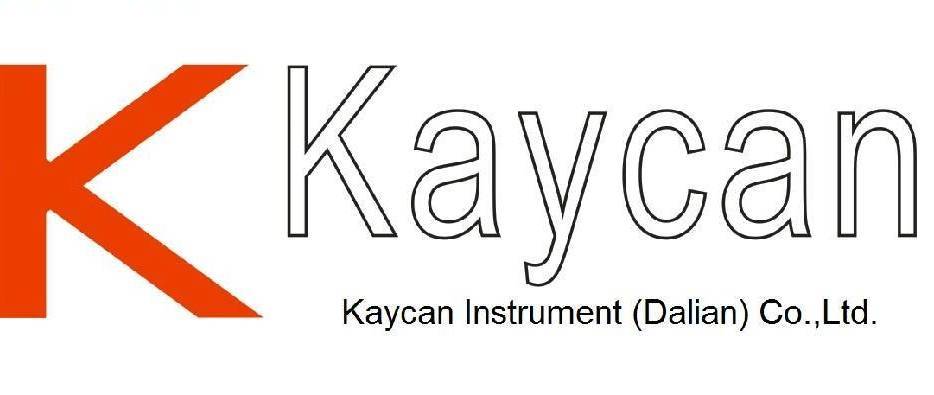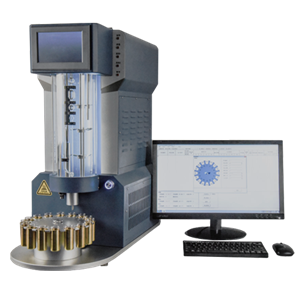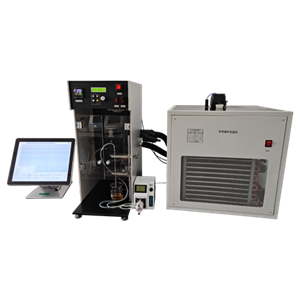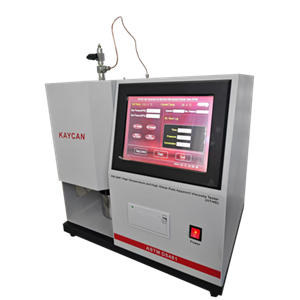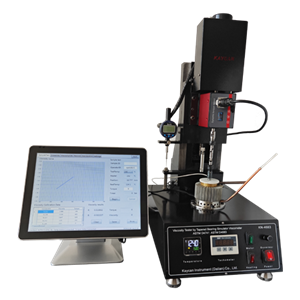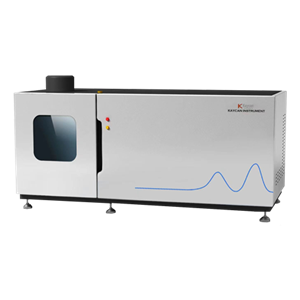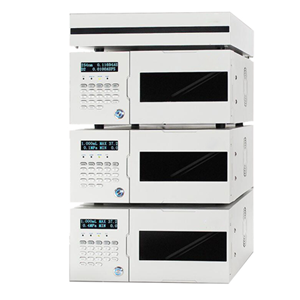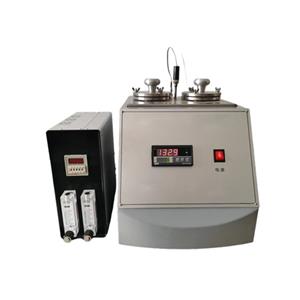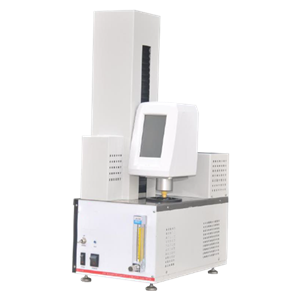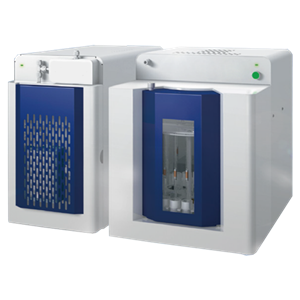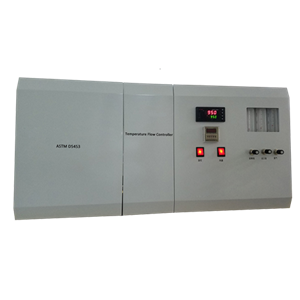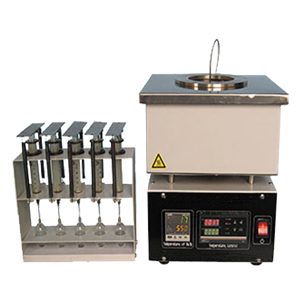-
ASTM D5185 Multielement By ICP
22 elements in used lubricating oils and in base oils, and it provides rapid screening of used oils for indications of wear. Test times approximate a few minutes per test specimen, and detectability for most elements is in the low mg/kg range. In addition, this test method covers a wide variety of metals in virgin and re-refined base oils. Twenty-two elements can be determined rapidly, with test times approximating several minutes per test specimen.
Send Email Details -
ASTM D5837 Apparatus for Furanic Compounds by HPLC
KN-5837 Furanic Compounds by HPLC conforms to ASTM D5837 Standard Test Method for Furanic Compounds in Electrical Insulating Liquids by High-Performance Liquid Chromatography (HPLC). Furanic compounds are generated by the degradation of cellulosic materials used in the solid insulation systems of electrical equipment. Furanic compounds which are oil soluble to an appreciable degree will migrate into the insulating liquid. High concentrations or unusual increases in the concentrations of Furanic compounds in oil may indicate cellulose degradation from aging or incipient fault conditions.
Send Email Details -
ASTM D972 Evaporation Loss For Lubricating Grease
The loss of volatile materials from greases and oils can adversely effect the original performance characteristics of a lubricant and therefore could be a significant factor in evaluating a lubricant for a specific use. Such volatiles can also be considered contaminants in the environment in which the lubricant is to be used. Correlation between results from this test method and service performance has not been established.
Send Email Details -
Gel Index Tester (LTLS)
KN-5133 Gel Index Tester (LTLS) conforms to ASTM D5133 Standard Test Method for Low Temperature, Low Shear Rate, Viscosity/Temperature Dependence of Lubricating Oils Using a Temperature Scanning Technique. This test method covers the measurement of the apparent viscosity of engine oil at low temperatures and ASTM D7110 Standard Test Method for Determining the Viscosity-Temperature Relationship of Used and Soot-Containing Engine Oils at Low Temperature. This Test method covers how to measure the apparent viscosity of used and soot-containing engine oils at low temperature.
Send Email Details -
KN-WA-5A Mercury Analyzer
KN-WA-5A conforms to ASTM D5954 Standard Test Method for Mercury Sampling and Measurement in Natural Gas by Atomic Absorption Spectroscopy & ASTM D6350 Standard Test Method for Mercury Sampling and Analysis in Natural Gas by Atomic Fluorescence Spectroscopy. It is specially designed for measurement of mercury in air and gaseous matrices (eg. Hydrocarbon gases like Natural Gas, Shale Gas, LPG/LNG and more) in compliance with widely estabilished and accepted technique of Gold-Amalgamation and detection by Atomic Spectroscopy - with the choice of either Atomic Absorption (AA) or Atomic Fluorescence (AF). This tester presents many unique levels of automation and functions to help laboratory accomplishes productivity, unmatched versatility, efficiency and operational labor saving. KN-WA-5A is compact in design to allow for easy transport for field operation and measurements.
Send Email Details -
Krebs Stormer Viscometer
The perfect integration of touch screen technology, high technology in a modern fashion to fast, accurate and convenient measurement of paint, paint or ink viscosity. Powerful, high degree of intelligence. 5 inch color touch screen full, vivid display of various parameters and working conditions. With rich content, convenient operation, high measurement accuracy, good repeatability, stable speed, obvious advantages of strong anti-jamming performance.
Send Email Details -
ASTM D5453 Ultraviolet Fluorescence Sulfur Content
Some process catalysts used in petroleum and chemical refining can be poisoned when trace amounts of sulfur bearing materials are contained in the feedstocks. This test method can be used to determine sulfur in process feeds sulfur in finished products, and can also be used for purposes of regulatory control.
Send Email Details -
ASTM D524 Ramsbottom Carbon Residue Of Petroleum Products
The carbon residue value of burner fuel serves as a rough approximation of the tendency of the fuel to form deposits in vaporizing pot-type and sleeve-type burners. Similarly, provided alkyl nitrates are absent (or if present, provided the test is performed on the base fuel without additive) the carbon residue of diesel fuel correlates approximately with combustion chamber deposits.
Send Email Details
